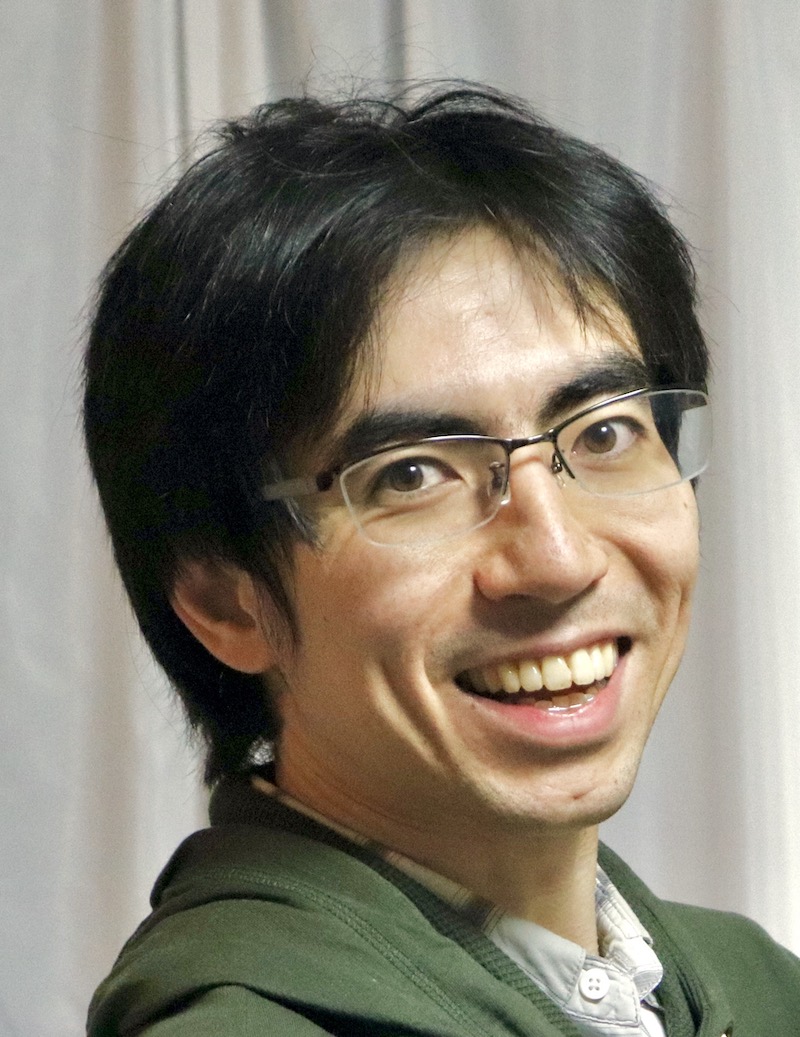| Takashi Moriya, an assistant professor in the Center for Computational Astronomy (CfCA) of the National Astronomical Observatory of Japan won the 9th National Institutes of Natural Sciences (NINS) Young Researcher Award for his research “uncovering the death throes of massive stars through supernovae.” (June 29, 2020) Presentation video: The National Institutes of Natural Sciences, Japan, "9th Young Researcher Award Winner! The video of his speech is available on June 14." (in Japanese) |
 |
Moriya has been studying the supernovae that occur in the final stages of the evolution of stars with a mass ten times that of the Sun or more from both theoretical and observational perspectives. Massive stars release a lot of material during their evolution, but the indeterminacy of this phenomenon makes it difficult to understand stellar evolution. The ejected material becomes circumstellar matter, which affects the observation of supernova explosions.
By performing leading-edge radiation hydrodynamic numerical simulations, Moriya carried out the systematical study of the effects of supernova explosions on the brightness of stars in dense circumstellar matter. In addition, by comparing these simulation results and the supernova observation data obtained by a research team from the University of Chile, he showed that most of the observed massive stars released their matter within 100 years prior to the supernova explosion. This is the first time in the world that the large release of materials has been characterized (Press Release in 2018, Veiled Supernovae Provide Clue to Stellar Evolution.) Thus, Moriya has played a central role in establishing a new picture of the terminal evolution of massive stars.
Moriya says, " I am very pleased to receive the Young Researcher Award from NINS, an organization that encompasses many fields of natural science, not just astronomy. Encouraged by this award, I will continue my research, and I hope that many people will be interested in supernovae and stellar evolution. In addition, the research that led to the award was conducted using the computational resources of the ‘PC Cluster’ operated by CfCA. I would also like to thank everyone who supports CfCA.”
In commemoration of this award, a video clip of the laureate's presentation was released on the NINS website on June 14, 2020.

[Computers Used in This Research]
 The numerical simulations performed in Moriya’s study were calculated using the “PC Cluster” operated at the Center for Computational Astrophysics (CfCA), National Astronomical Observatory of Japan (NAOJ). This cluster is mainly used for small-scale, non-parallel numerical simulations which require a long calculation time with a large number of initial conditions. Currently, the cluster is composed of 1344 CPU cores in total. (Photo Credit: NAOJ)
The numerical simulations performed in Moriya’s study were calculated using the “PC Cluster” operated at the Center for Computational Astrophysics (CfCA), National Astronomical Observatory of Japan (NAOJ). This cluster is mainly used for small-scale, non-parallel numerical simulations which require a long calculation time with a large number of initial conditions. Currently, the cluster is composed of 1344 CPU cores in total. (Photo Credit: NAOJ)
[Related Links]
- NINS: "9th Young Researcher Award Winner! The video of his speech is available on June 14." (in Japanese)
- NAOJ DTA: Veiled Supernovae Provide Clue to Stellar Evolution
- NAOJ DTA: Little Supernova is Big Discovery: the Origin of Binary Neutron Stars
- NAOJ DTA: Discovery of a supernova beyond the standard explosion paradigm
